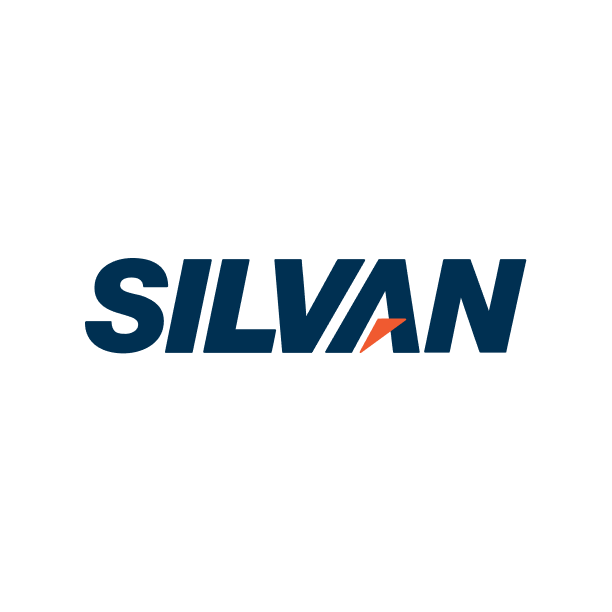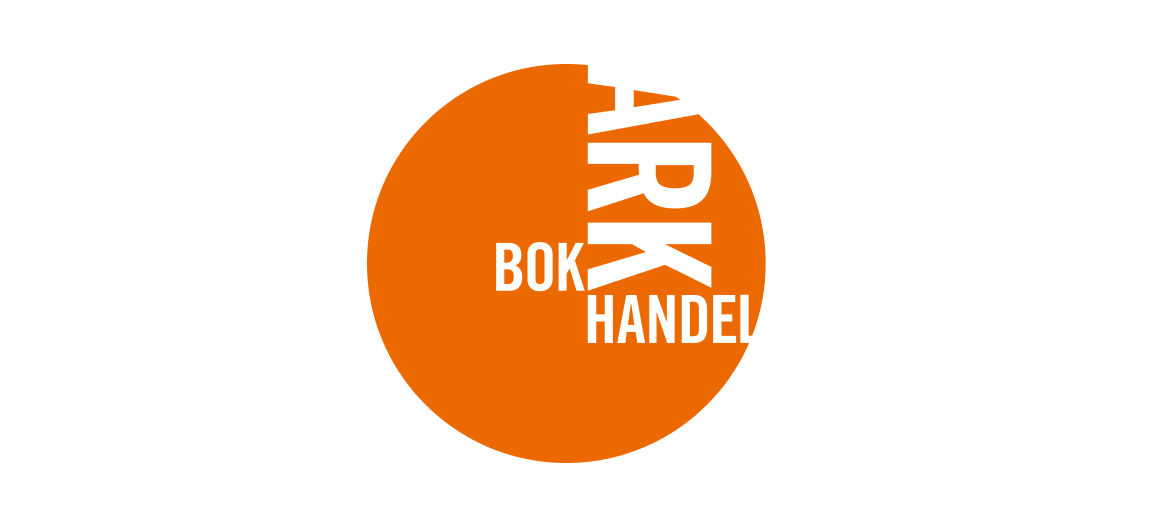Get more for less with commercetools.
Choosing a new commerce vendor is more than technology — it’s also about financial impact. Discover how commercetools helps reduce costs, boost ROI and future-proof your business.
Talk to an expert
From hidden costs to clear growth.
Every commerce platform comes with costs — known as Total Cost of Ownership (TCO) — that cover setup, hosting, upgrades and maintenance. Return on Investment (ROI) is the payoff you gain from that spend.
Legacy platforms often increase TCO through hidden costs, such as forced upgrades, vendor lock-in and maintenance, making ROI harder to achieve.
With commercetools, the equation flips: Invest less, achieve more. And scale faster.
Why commercetools is more cost-effective than legacy platforms
- Eliminate costly upgrade, versioning and maintenance fees for good.
- Choose best-of-breed solutions that fit your needs without vendor lock-in.
- Reduce the cost and effort of scaling new experiences across multiple channels, markets, brands and business models.
- Increase efficiency with AI-ready, unified commerce experiences.

Enterprises reduce TCO with modern commerce.
20%
35%
50%
With commercetools, we can develop more at a lower cost and scale much faster than before. If we had tried to do the same amount of development on our old platform, it would have involved significant investments and taken longer. Now we have the flexibility and performance of an enterprise eCommerce solution.
Head of eCommerce, Silvan

How enterprises boost ROI with commercetools
- Monetize big sales moments with instant scalability and high performance.
- Create unique commerce experiences that resonate with your customers.
- Expand to new markets, brands, channels and business models with ease.
- Harness AI-first capabilities to uncover new revenue opportunities and accelerate growth.

Proven ROI results from leading enterprises.
47%
400%
15%
We accelerated development, reduced time to market and lowered total costs for our eCommerce. This modernization meant more than increasing operational efficiency; it helped enhance customer experiences and increase revenue for ARK.
Head of Technology and Tech Lead eCommerce, ARK Bokhandel

Discover how to unlock business value with commercetools.
Frequently asked questions
What is the total cost of ownership (TCO) in eCommerce?
Total Cost of Ownership (TCO) in eCommerce refers to the complete cost of owning and operating an online commerce platform over its lifecycle. This includes software licenses, hosting infrastructure, ongoing maintenance, security updates, feature upgrades and hidden technical debt.
By understanding TCO, businesses can make informed technology investment decisions, avoid unexpected expenses and plan for long-term scalability and profitability.
How can enterprises calculate eCommerce TCO with commercetools?
Enterprises can calculate eCommerce TCO using the commercetools TCO Calculator, an interactive online tool that provides a detailed estimate of your platform’s total costs. The calculator helps businesses:
- Identify potential cost savings across software, infrastructure and operations.
- Understand how composable commerce architectures reduce TCO compared to monolithic platforms.
- Compare the long-term financial impact of different eCommerce strategies.
This approach ensures businesses make data-driven decisions when selecting or migrating to a modern eCommerce platform.
What role does unified commerce play in TCO and ROI?
Unified commerce integrates all sales channels, customer data and operational processes into a single platform. This consolidation:
- Reduces operational complexity and overhead, lowering TCO.
- Provides a seamless omnichannel customer experience, improving customer satisfaction and retention.
- Accelerates return on investment (ROI) by enabling faster adoption of new features and marketing strategies.
By breaking down silos, businesses achieve cost efficiency and unlock new revenue opportunities simultaneously.
How does composable commerce boost ROI?
Composable commerce allows enterprises to adopt a modular, API-first approach to eCommerce. This architecture boosts ROI by enabling:
- Incremental innovation without overhauling the entire platform.
- Faster time-to-value, as new capabilities can be deployed quickly.
- Agility to adapt to market trends and evolving customer expectations.
- Revenue growth opportunities through personalized experiences and rapid feature deployment.
Businesses gain a competitive advantage by combining flexibility with cost-effective scalability.
How do enterprises ensure a smooth replatforming with minimal TCO impact?
To minimize TCO during replatforming, enterprises should transition from legacy or monolithic systems to a composable architecture. This approach delivers:
- Scalable, maintainable components that replace brittle legacy code.
- Reduced hidden costs, including maintenance, security and downtime expenses.
- Elastic cloud scalability, accommodating peak traffic without expensive infrastructure upgrades.
- Seamless integrations and updates without disrupting customer experiences.
By carefully planning replatforming, companies accelerate ROI, reduce operational risks and optimize business operations.



